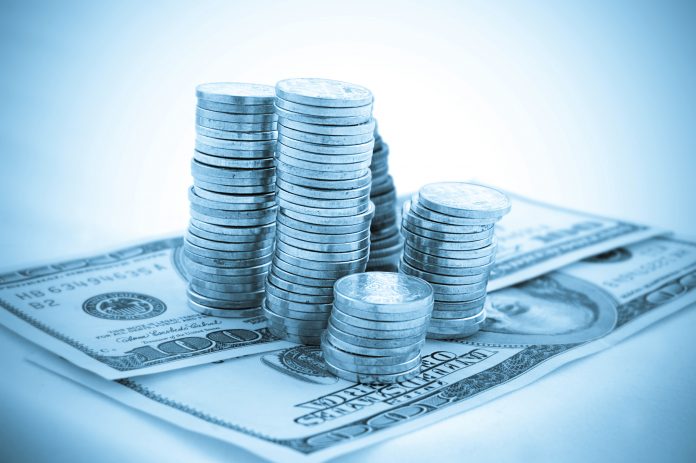The U.S. Dollar strengthened in value and at the same time the Thai Baht weakened giving the USDTHB cross rate a double boost, even if long past due. The DXYDollar index, an index that measures the U.S. Dollar’s value against a basket of major currencies, increased from 97.36 to 98.54. This was a move that may be synonymous with continued strength in the US economy. Against the Thai baht the Dollar rose from 30.15 to 31.30 as the Bank of Thailand cut interest rates to record lows.
With the UK having finally, technically, left the EU, the Pound bounced from 1.3010 to the US dollar to reach 1.3215 but this move was short lived as the British unit declined back towards the 1.3000 mark. After some time bouncing around this level it moved down to 1.2894 breaking a previously well-respected 1.2905 support level, and putting in peril any bullish momentum. Some traders are speculating that the Pound may move towards 1.20 against the Dollar again if the UK cannot ratify EU trade agreements before the end of 2020, however that is some time away. Also in focus is the UK-US trade deal, which is another developing story. Against the Thai Baht, the Pound actually rose reflecting the weakness of the Thai Baht itself. The GBPTHB rate moved from 39.51 to 40.37 after hitting a high of 41.32.
The U.S. Dollar vs. Japanese Yen cross rate bucked the USD dollar move in many respects for at least the first half of the month, strengthening from 110.24 to 108.41but it returned to 109.74, still below its initial level. When the USD/Yen rate falls this indicates Yen strength since the Dollar buys less Yen. Stock market volatility has risen but the action has been choppy and so the Yen has had a difficult time to establish itself as a safe haven currency. The JPYTHB cross rate saw the Yen fetching 0.2829 Thai Baht, up from the 0.2721 rate prior. This is quite a large move of in excess of 3 per cent. The future of the Yen will likely rest on whether or not a global risk-off sentiment comes to the fore, in which case the Yen could rise in value further.
The Russian Ruble weakened against the US Dollar moving from 61.10 to 64.13, a move of more than four per cent. This was a product of Dollar strength, although the Ruble weakened a little further. Against the Thai Baht the Ruble was more or less flat moving slightly from 0.494 to 0.488.
The Euro / U.S. Dollar exchange rate rose from 1.1112 to 1.1153 but then fell quite sharply to 1.0948. Negative interest rates have continued to ensure the Euro remains capped in value. Against the Thai Baht, even though the Euro weakened, the Thai Baht itself weakened at a faster rate, so the net effect was that the rate actually rose from 33.57 to 34.23.









